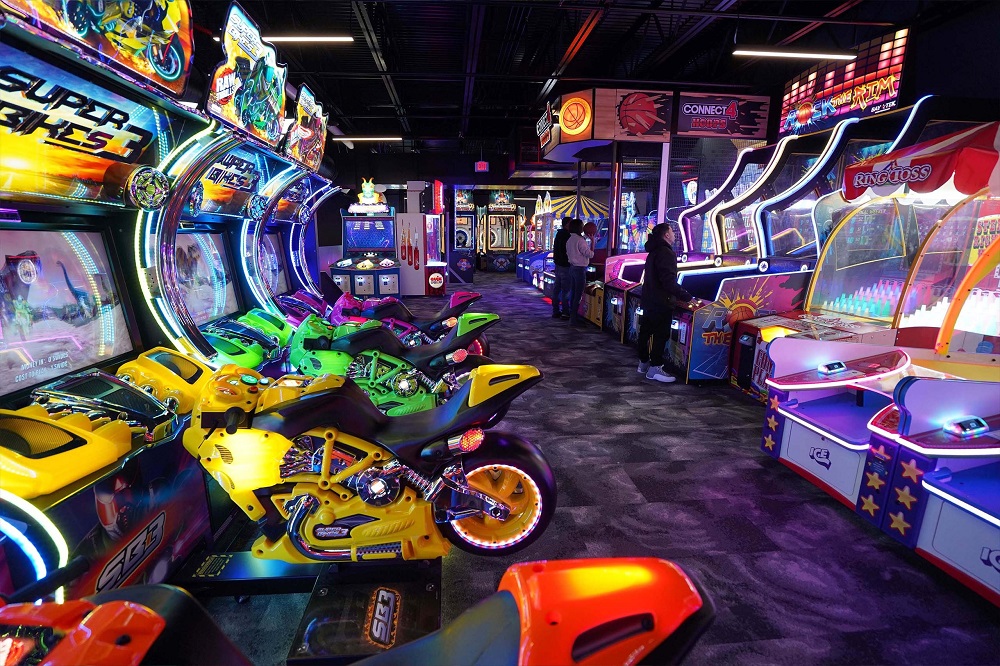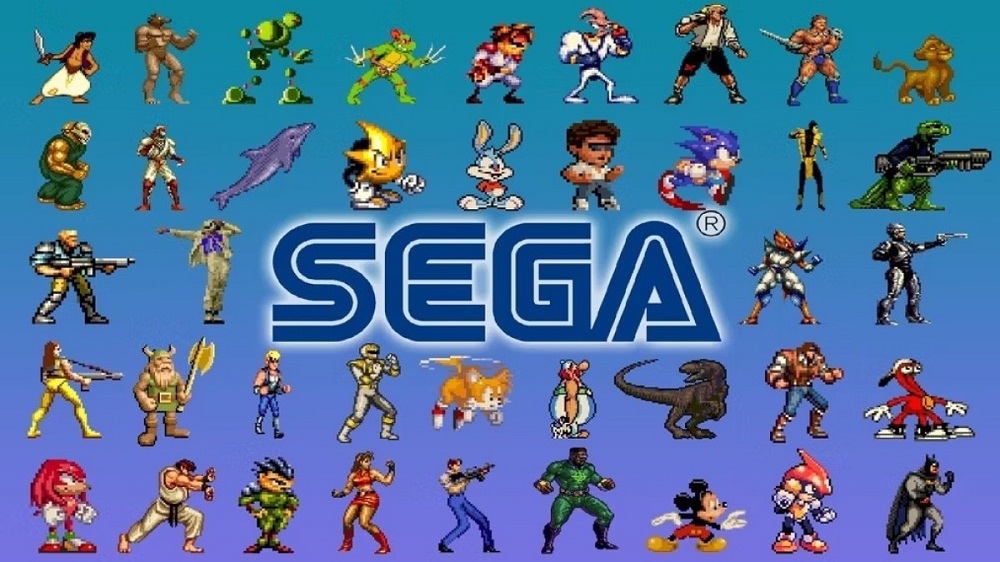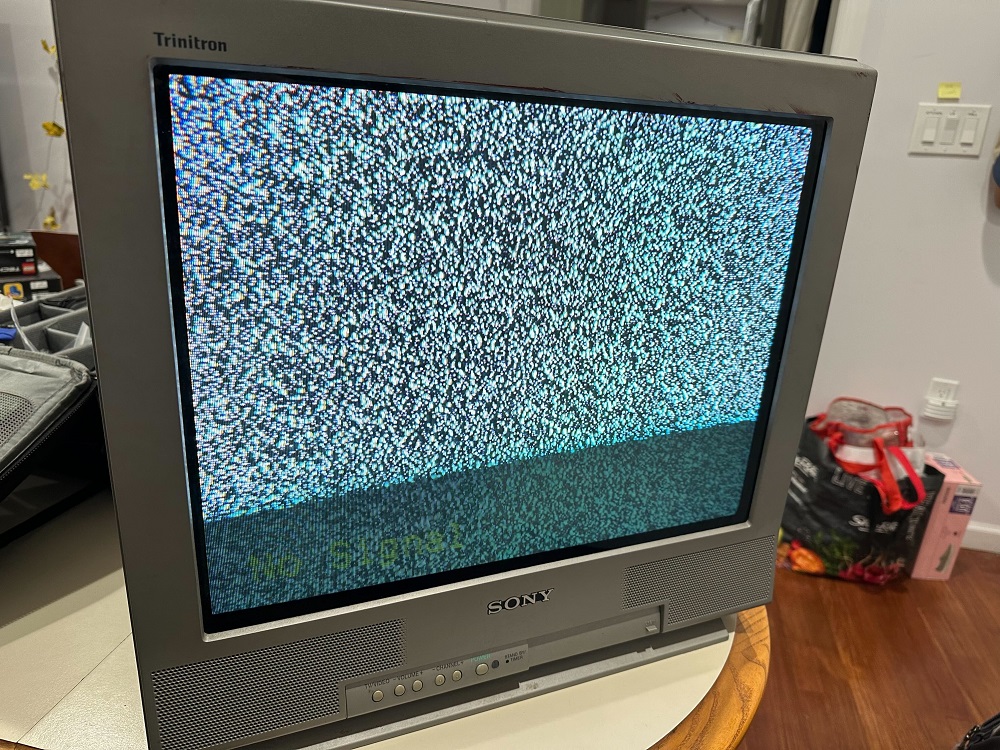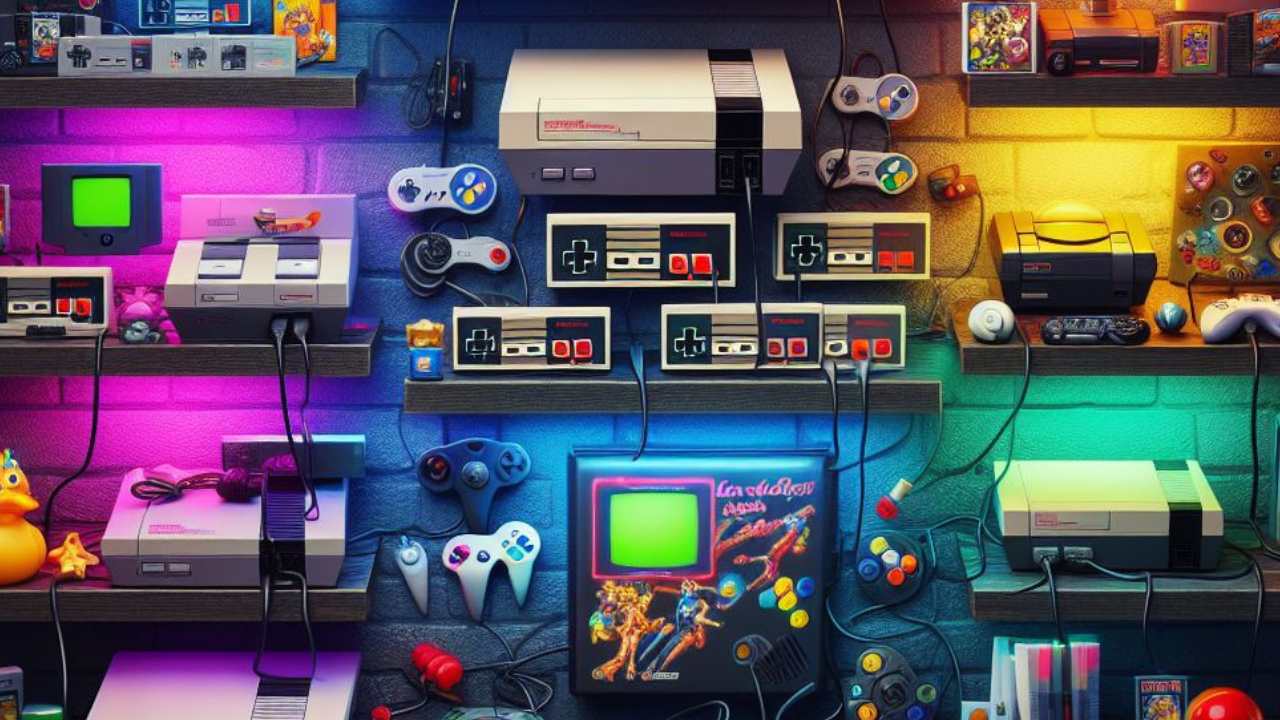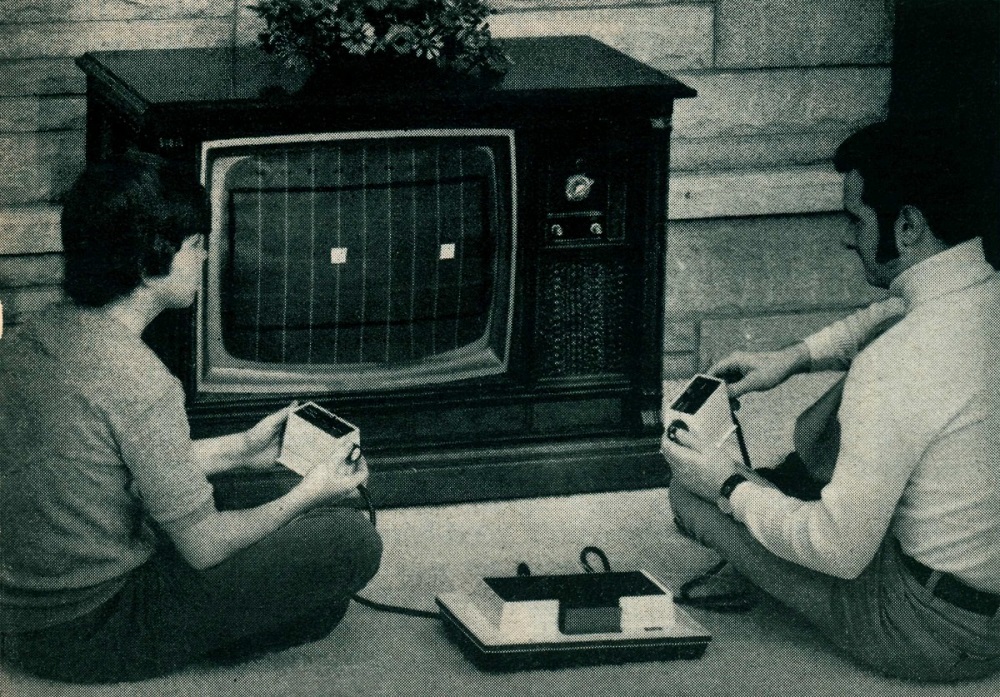Before living rooms filled with consoles, gaming lived in the neon-lit arcades of the 70s, 80s, and early 90s. For the price of a quarter, players dove into digital adventures that were fast, competitive, and endlessly addictive.
When home consoles emerged, they didn’t exist in a vacuum — they borrowed heavily from arcades. From design philosophies to controller layouts, from genre dominance to marketing strategies, the arcade experience shaped the DNA of home gaming.
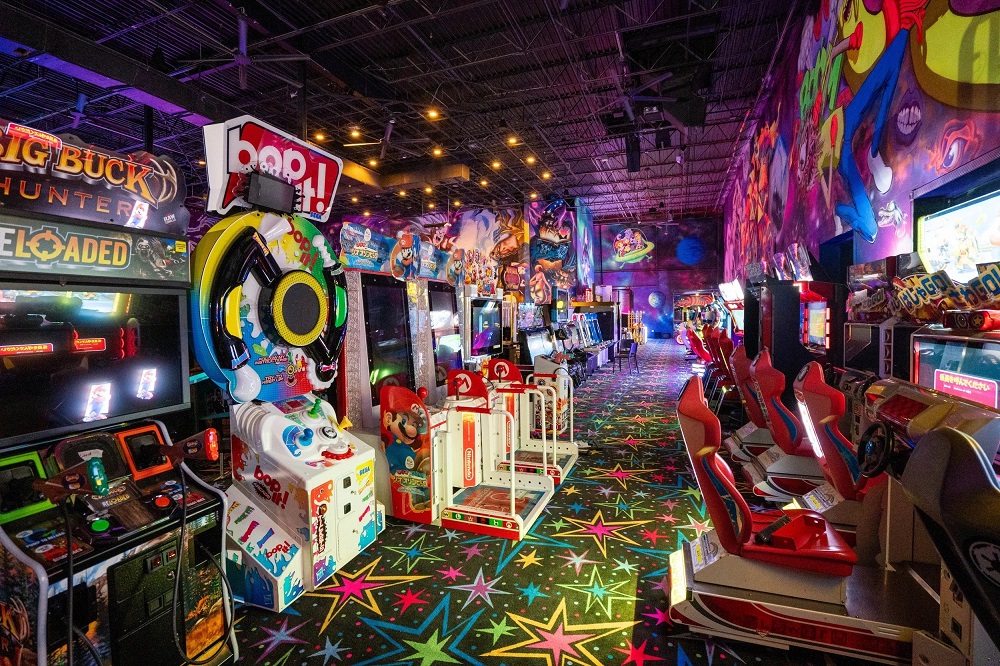
This article from Oldies Nest explores how arcade culture influenced home consoles, ensuring that the thrill of coin-op gaming lived on in living rooms worldwide.
The Birth of Home Consoles: Arcades at Home
The earliest home consoles were designed to mimic arcade hits.
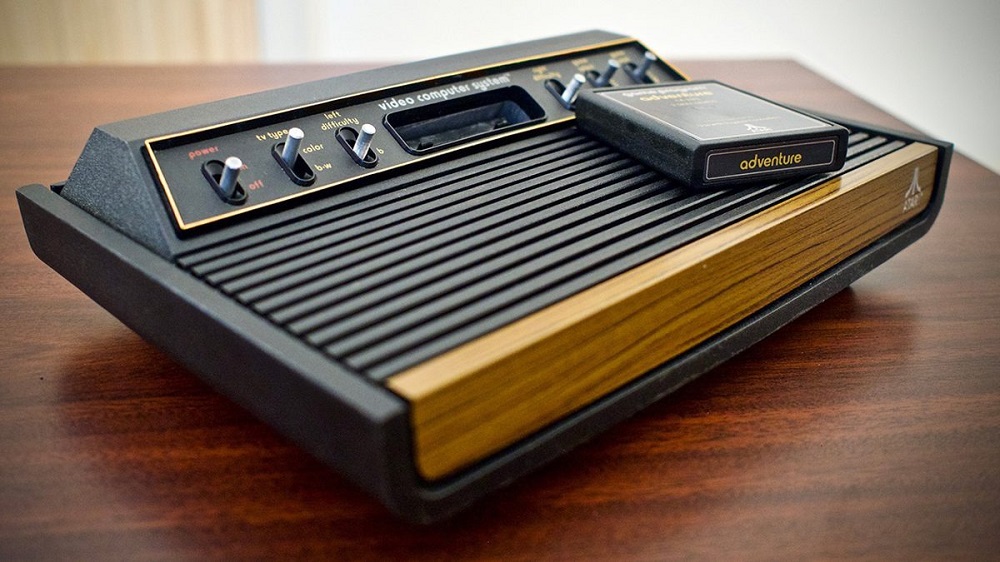
- The Atari 2600 thrived because it brought Space Invaders into homes, fueling its popularity.
- The Magnavox Odyssey mimicked simple arcade-style experiences like Pong.
- ColecoVision marketed itself as offering “arcade-quality graphics.”
Arcade success became the benchmark for whether a home system could attract players.
Gameplay Philosophy: Short, Fun, and Addictive
Arcade games were designed to:
- Grab attention instantly.
- Offer short, challenging loops to encourage replay (and more quarters).
- Focus on high scores and competition.
Consoles inherited this DNA: early NES and Genesis games were structured with arcade-style difficulty and score-chasing mechanics. Even platformers like Super Mario Bros. showed arcade influence in their time limits, points, and lives system.
Hardware and Controller Design
Arcade machines had bold controls — joysticks, trackballs, and multiple buttons. Consoles simplified these into more practical home versions:
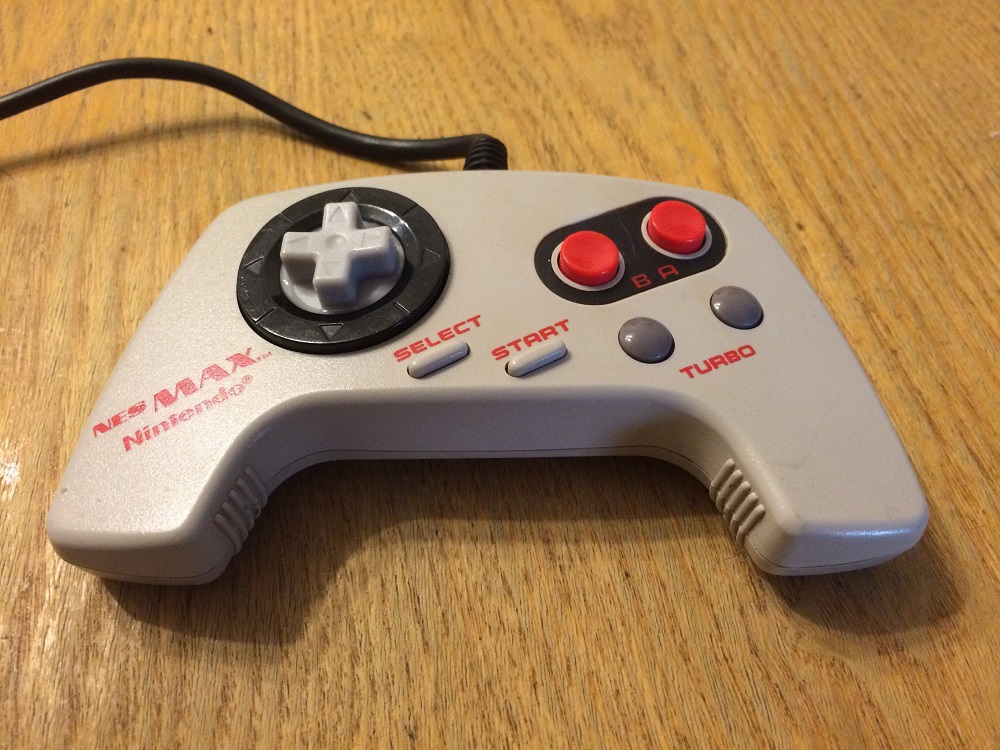
- The NES controller’s D-pad was inspired by arcade stick precision, miniaturized for the living room. (See Why the NES Controller Became the Standard).
- Sega’s Genesis controller reflected its arcade heritage, with responsive buttons tailored to fast action.
- Peripherals like light guns (Duck Hunt, Virtua Cop) directly recreated arcade mechanics.
Arcade hardware directly inspired console controller evolution.
Genres Born in Arcades
Many of the most beloved gaming genres began in arcades:
- Shoot-’em-ups: From Galaga to R-Type, later thriving on TurboGrafx-16.
- Fighting Games: Street Fighter II and Mortal Kombat ruled arcades before conquering consoles.
- Beat-’em-ups: Double Dragon and Final Fight transitioned seamlessly to home play.
- Racing and Sports: OutRun, NBA Jam, and others kept arcade spirit alive on consoles.
These genres defined console libraries well into the 90s.
Marketing the Arcade Feel
In the 80s and 90s, companies sold consoles by promising “arcade-quality graphics.”
- NEC promoted the TurboGrafx-16 as capable of arcade-perfect ports.
- Sega emphasized its arcade heritage, bringing hits like Golden Axe and Altered Beast to the Genesis.
- Nintendo leaned on polished adaptations, such as Donkey Kong and Punch-Out!!.
The arcade was both inspiration and marketing leverage.
Multiplayer and the Social Experience
Arcades thrived as social spaces — friends huddled around cabinets, cheering and competing. Consoles translated this by:
- Adding two controller ports as a standard.
- Popularizing co-op games like Contra and Streets of Rage.
- Using peripherals like the SNES multitap for four-player experiences.
This living room camaraderie directly echoed arcade culture. (See Top 10 Co-Op Retro Games to Play with Friends).
Technical Limitations and Adaptations
While arcades often had cutting-edge graphics, consoles had to compromise for affordability. This led to:
- Simplified ports: Arcade titles trimmed for hardware limits.
- Original console exclusives: Developers made unique games inspired by arcade design but tailored for the home.
- Replay Value Enhancements: Passwords and save features extended gameplay beyond arcade-style loops.
These adaptations forged the identity of home consoles as something more than just “arcade at home.”
Sega: The Arcade Company in Your Living Room
More than any competitor, Sega leveraged its arcade pedigree.
- Games like OutRun, After Burner, and Virtua Fighter moved from cabinet to cartridge.
- The Genesis thrived on fast-paced, arcade-like design.
- Later, the Dreamcast was essentially a home arcade system, with Naomi board compatibility.
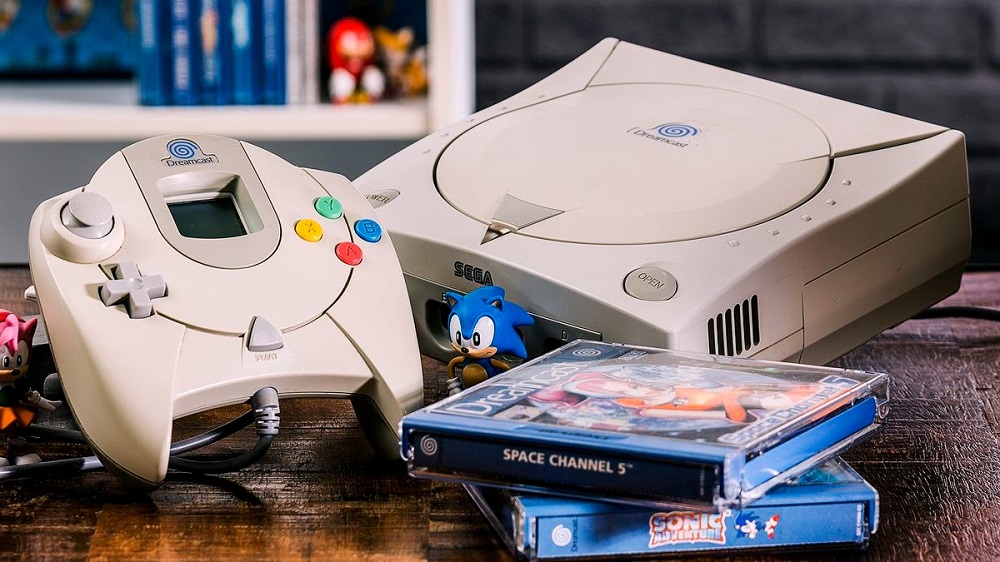
For Sega, arcades weren’t just influence — they were identity.
The Decline of Arcades, the Rise of Consoles
By the late 90s, home consoles began to surpass arcades technologically. The PlayStation and N64 could deliver experiences that once required specialized cabinets.
- Players no longer needed to leave home for cutting-edge graphics.
- Online play began to replace local arcade competition.
- Arcades declined, but their spirit lived on in console genres and design.
The Lasting Legacy of Arcades on Consoles
Even in 2025, the arcade spirit lives on:
- Arcade collections on modern systems preserve classics.
- Indie games adopt arcade design: short loops, high scores, and pixel art.
- Fighting game tournaments like EVO keep the competitive arcade culture alive.
Arcades may have faded, but their DNA is permanently embedded in console gaming.
Arcades shaped gaming’s early identity. They created genres, set expectations for fun, and inspired the design of both consoles and controllers.
Home consoles didn’t replace arcades overnight; they absorbed them, transforming quarters and cabinets into cartridges and controllers.
Today, every time you play a fighting game, chase a high score, or share a couch with friends, you’re experiencing a piece of arcade heritage.
